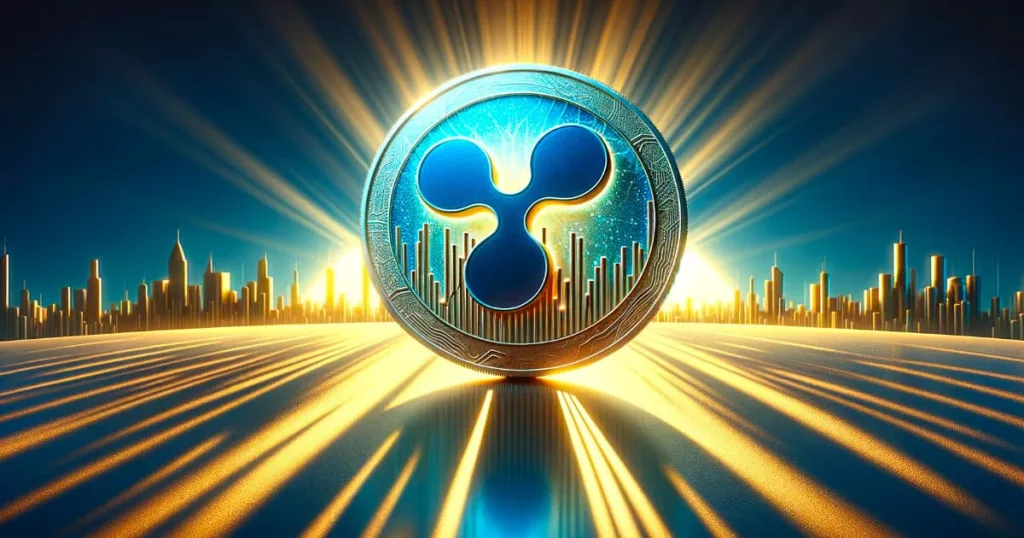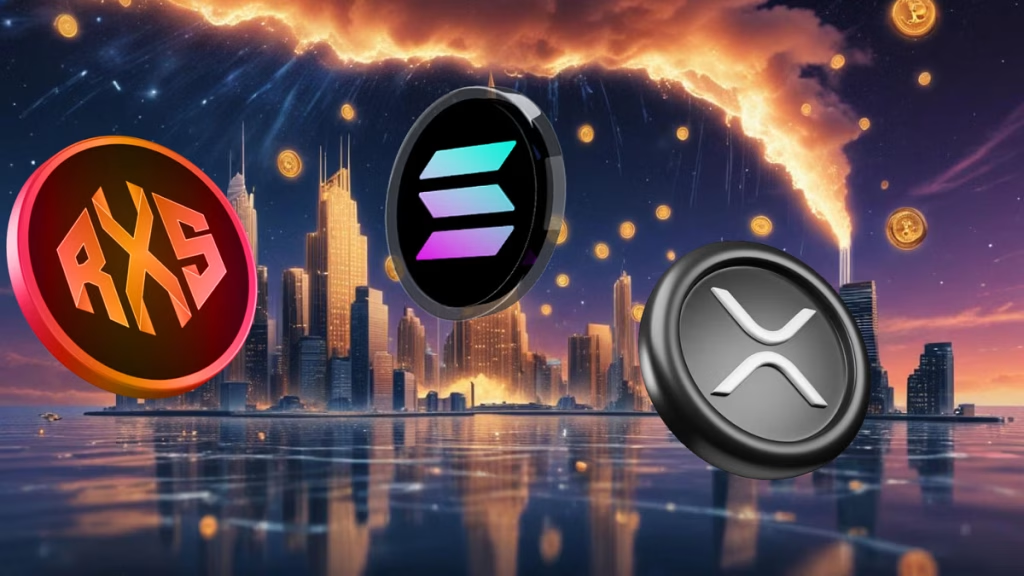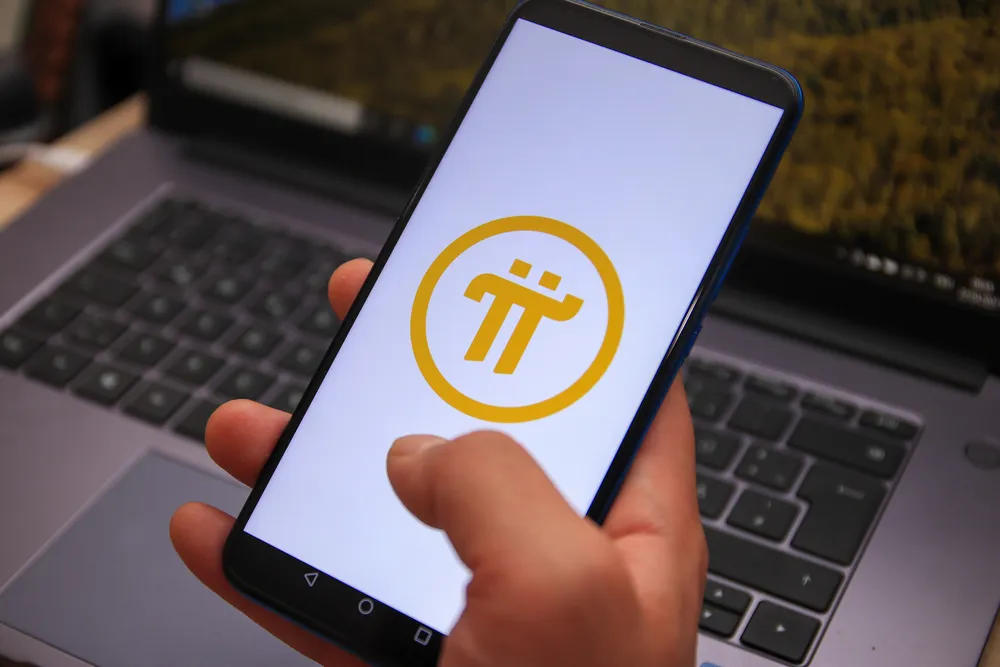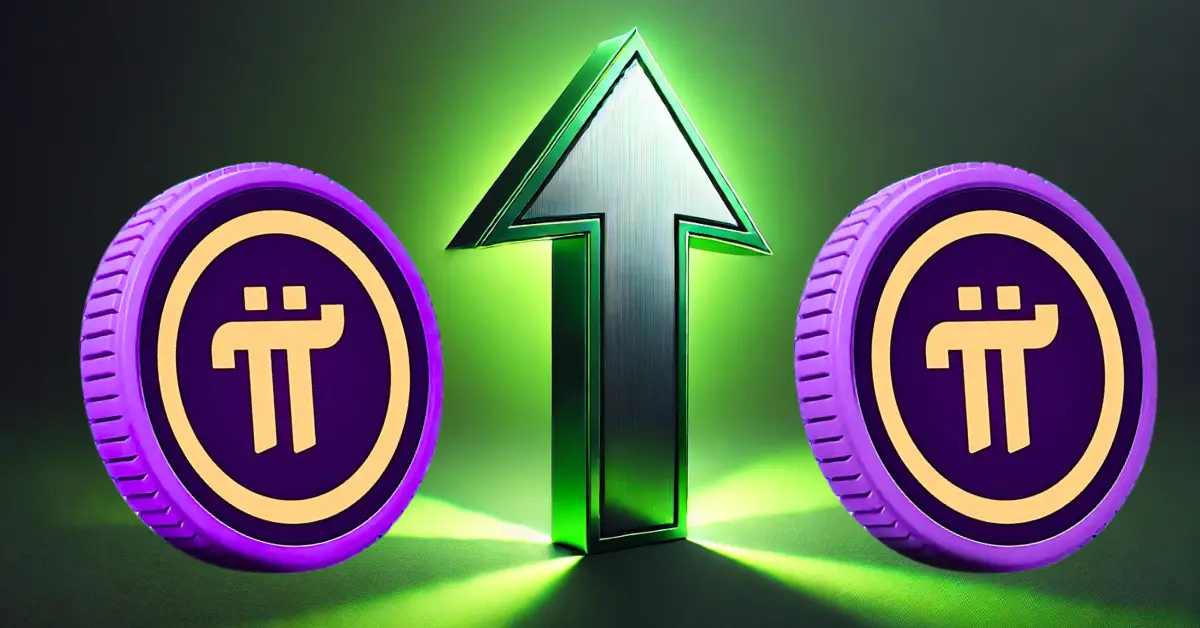Pi Network Marathon!
Imagine strolling through the world of cryptocurrencies without expensive mining rigs, complicated setups, or energy-heavy processes. That’s the dream Pi Network offered when it emerged in 2019: a way for people to mine crypto directly from their smartphones. Fast forward a few years, and Pi Network still draws attention—though not always for the right reasons. So, where does it stand now, and what’s new on the broader crypto stage?
Table of Contents
Pi Network : The Long Wait for Mainnet
Let’s rewind. Pi Network developers promised users they could accumulate Pi by tapping a smartphone mining app daily. They also hinted at a major milestone: an open mainnet where Pi’s value could potentially become real. Yet, that day hasn’t quite arrived. The community remains in limbo, increasingly frustrated with frequent milestones and shifting deadlines.
Earlier deadlines, like finishing Know Your Customer (KYC) procedures by January 31, have given way to a new extension: February 28 of this year. Then came another announcement: The “Grace Period” for KYC and mainnet migration now stretches to February 28, 2025. The developers say they want to give “Pioneers additional time and opportunity to secure their Pi,” but everyday users can’t help feeling another wave of disappointment. Some wonder if the light at the end of the tunnel will ever appear.

Pi Network : Ongoing Controversy
In a world where crypto chatter moves at lightning speed, Pi Network has become a topic of debate. While certain loyal supporters remain optimistic, critics are bolder than ever, labeling Pi as a project that might never see the light of day. Words like “scam” pop up in social media threads and online forums.
I’ve seen arguments on both sides. One corner says Pi Network is pushing the boundaries of what crypto can do. The other corner questions how a project can postpone an open mainnet launch again and again without losing its credibility. The developers do try to calm the waters, aiming to launch the open network “during the first quarter of the year” but caution it may happen “before or after the Grace Period ends.”
Should you be worried? That depends on your risk appetite and belief in the project. If you’re still on board, heed the team’s warning: “Submit your KYC application and complete your Mainnet Checklist by February 28, 2025, to avoid any forfeiture.”

Ripple (XRP) Updates
As Pi Network navigates its own internal dramas, other cryptos march on. Ripple’s native token, XRP, caught everyone’s eye recently when it rocketed from below $0.55 (in early November 2024) to almost $3.39 by mid-January. That bull run seemed unstoppable—until February threw a wrench in the works.
Shortly after former President Donald Trump announced hefty tariffs on multiple countries, XRP plummeted below $2. Some of these tariffs were later suspended, sparking a mini-recovery to around $2.80. As of now, XRP hovers roughly at $2.50, an uneasy midpoint that has supporters either doubling down or reconsidering their positions.
Interestingly, some prominent analysts, like those known online as EGRAG CRYPTO and JackTheRippler, see this slump as a time to accumulate. JackTheRippler reportedly upped the stakes by selling a house to buy more XRP—an extreme move, but it illustrates the unwavering optimism some individuals still have in the token.

DOGE: The Meme Coin Roller Coaster
We’d be remiss if we didn’t mention Dogecoin (DOGE), the meme-turned-crypto-favorite. February greeted DOGE with a hard dip to $0.21 before it managed a slight rebound to around $0.26. That’s still a 22% drop in just a week, making even the bravest of hodlers sweat.
Industry watchers like Ali Martinez noticed whales selling a whopping 270 million DOGE in a 24-hour period, potentially adding downward price pressure. Adding to the worries is a bearish crossover between the coin’s Market Value to Realized Value ratio and its 30-day Simple Moving Average—an indication that more turbulence might be on the horizon.
Final Thoughts on the Road Ahead
Waiting often tests our resolve, and Pi Network is a prime example. Some coins explode and retrace within days, while Pi lingers in a state of half-launch that even fans find perplexing. The repeated messages from developers, combined with an ever-growing user base, suggest Pi Network is far from dead—but it’s also far from open mainnet glory.
Whether you view Pi Network as a visionary project, a potential blueprint for scam-free mobile mining, or just “all talk” is up to you. In the meantime, the bigger crypto universe keeps spinning. XRP battles its price roller coaster, DOGE rides the meme wave, and countless other coins flash their green or red candles.
Perhaps the real lesson here is patience. If Pi can deliver on its promises—letting anyone, anywhere, mine cryptocurrency from a phone—then these delays might fade in importance. But until that moment arrives, curiosity, skepticism, and the occasional spark of hope will define Pi Network’s journey. As always, do your own research, stay aware of deadlines, and remember that in crypto, anything can happen in a blink.
Read More: PM Kisan Samman Nidhi: Why Farmer ID is Crucial and How to Get It
FAQ
1: Is Pi Network a Scam?
This is the million-dollar question echoing across social media communities and crypto blogs. Answers vary:
Skeptics: They point to never-ending delays and lack of tangible progress.
Supporters: They argue the project is highly ambitious, built on the hope of democratizing crypto mining.
To date, Pi Network hasn’t outright taken money from users (beyond normal phone data costs). So, in that sense, it’s not a typical scam that drains wallets. But the drawn-out timeline invites suspicion. It’s wise to keep your guard up, run your own research, and proceed only if you’re comfortable with long, uncertain waits.
2: When Is Pi Network’s Mainnet Expected to Launch?
Pi Network’s official stance is to roll out the open mainnet as soon as major tasks—like KYC and the mainnet checklist—are completed. Initially planned for early 2023 or 2024, deadlines have continually shifted. The development team now mentions “the first quarter of the year,” while also stating it could occur before or after February 28, 2025. In other words, there’s no single, reliable date anyone can hold on to. If you’re already a Pioneer, keep an eye on official Pi Network channels for ongoing updates.







